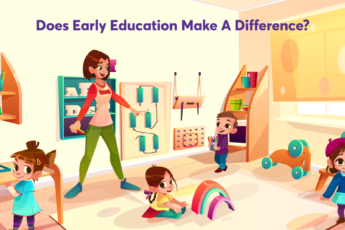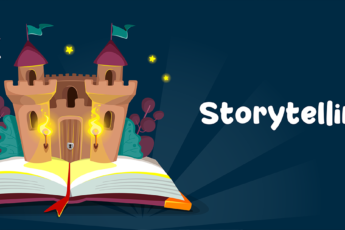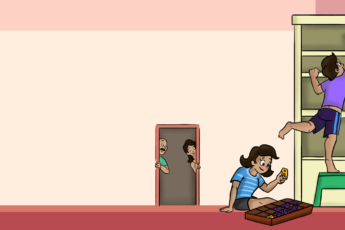5 Effective Tips To Create 21st Century Classrooms

Innovation and change have been the only constant over the past few years. We are facing a digital revolution, which completely upturns the way we currently function at work, at home, and even in educational institutions. The needs of the economy and nation are changing, thus altering the needs of 21st century learners. These young children need to develop skills that empower them to stand tall and garner future success, skills like critical thinking, socio-emotional development, foundational literacy and numeracy, and more.
Based on our years of experience in the early childhood education domain, we suggest these five ways to create an efficient 21st century classroom:
1. Introduce Technology
NASSCOM data names India as one of the top enterprise hubs, second only to the USA. Even the Indian government has recognised the crucial need for technology in education and is investing in ed-tech, setting up global standards, and emerging as a key player in this sector.
The Indian ed-tech sector has boomed since 2008; multiple start-ups, and increasing awareness have made this an attractive field. In a country like India, which caters to learners with varied needs and requirements, technology-led education is a valuable resource. AI & ML-powered learning makes classrooms accessible to every single student, regardless of their geographic location. Not only can tech be used to enhance learning for students, but can even be used in teacher training, and increasing educators’ digital literacy for a better teaching experience.
2. Blend Physical Learning Into Theory
Memorisation based on repetition, or rote learning, is not the most effective way to educate young children. With a child’s attention span being relatively low and research showing us that periods of focused attention improve cognitive information processing (i.e. learning), a blend of different techniques like using games in teaching and incorporating play-based activities and instructions will show stronger learning outcomes.
A similar blended structure with teachers, Anganwadi workers, and other educators getting a chance to participate in activities and games themselves is precisely how training programs are to be structured. Educators learn to use the physical applications, tools, games, and activities so well that they are completely prepared to implement them inside their classrooms.
Want to set up a blended learning model in your classrooms and institutions? See our expert tips on how to get started here.
3. Include The Traditional With The Modern
India’s rich heritage has gifted us a wealth of learning tools that continue to hold value in today’s day and age. Every classroom, educational institution, and Anganwadi centre must take special care to adopt traditional games, music, art, and more alongside modern applications, linking children and their education to the past while bringing them into the future.
4. Transform Assessments
To paraphrase the revolutionary NEP 2020, assessments will undergo a shift from traditional rote memorisation tests, to ones that measure competency and higher-order skills, like critical thinking and analysis. This revision takes our existing teaching-learning process and optimises it to improve student outcomes across all levels of education.
Realigning this process as per the NEP’s vision will take the help of technology and tools, for better delivery of feedback at every step of the process. Many such assessment tools personalise the feedback for each student, and provide a snapshot of the entire class at the same time, allowing educators to evaluate progress at various levels.
5. Professional Development For Educators And Anganwadi Workers
For a well-developed early learning landscape, we need to enhance the 21st century skills of our educational community. These Early Childhood Care and Education (ECCE) stakeholders, comprising pre-primary and primary teachers, counsellors, principals, Anganwadi workers, etc., should be taught to understand early learning and the neuroscience behind it, basic digital literacy, and varied skill sets required for teaching today’s learners. Only then will they be equipped to create learning environments that nurture children with valuable life and academic skills, setting them up for a successful future.
In a step towards a stronger India, more attention has been accorded to developing crucial new-age skills in young learners. Advancing this vision is Square Panda India’s very own Aarambh initiative, which is powered by leading-edge technological innovations and the expertise of educators and neuroscientists. Our teaching-learning programs under Aarambh make us effective partners to various state governments and impact organisations across India. To learn more, visit ecce.squarepanda.in




Leave a Comment